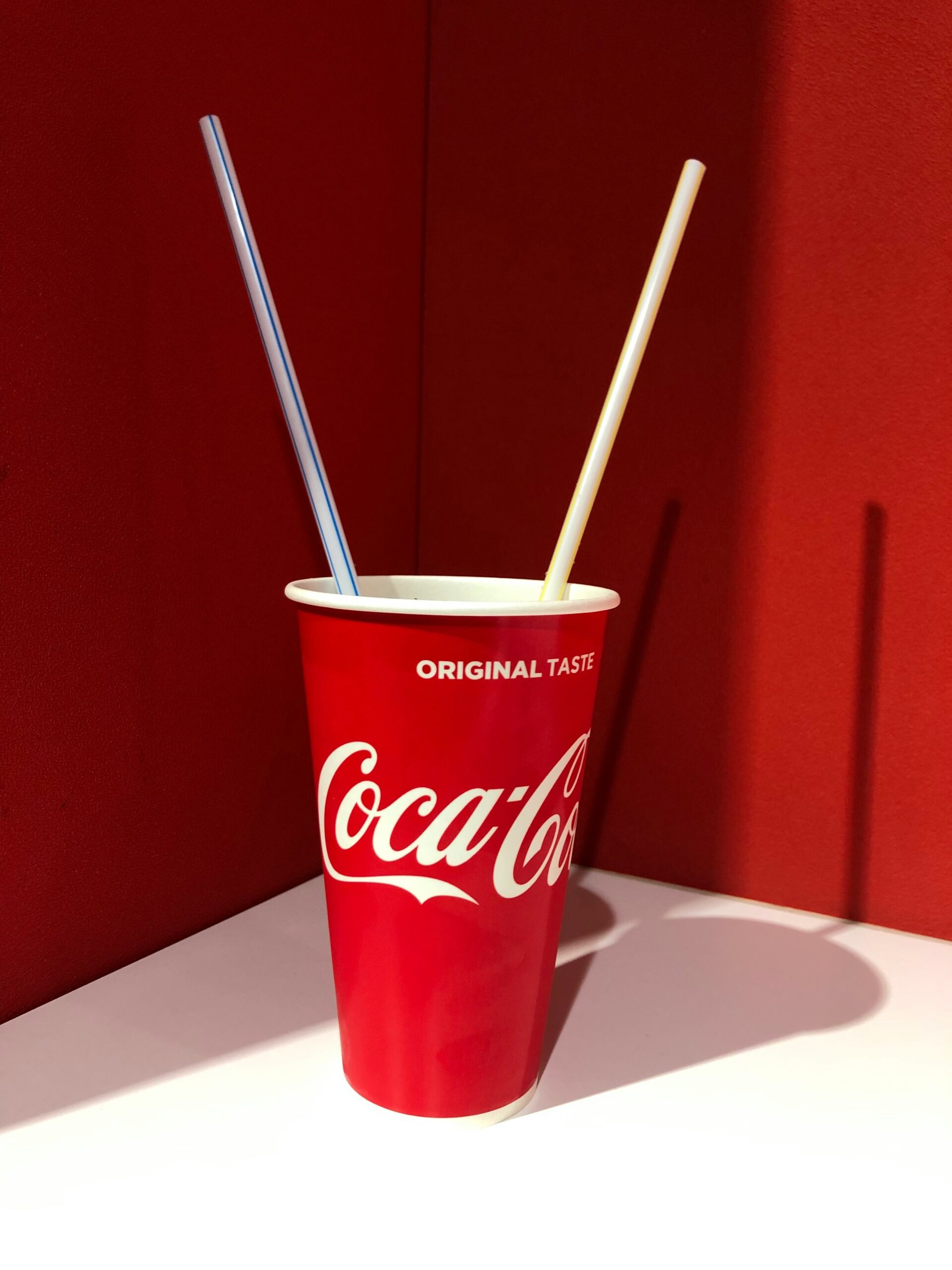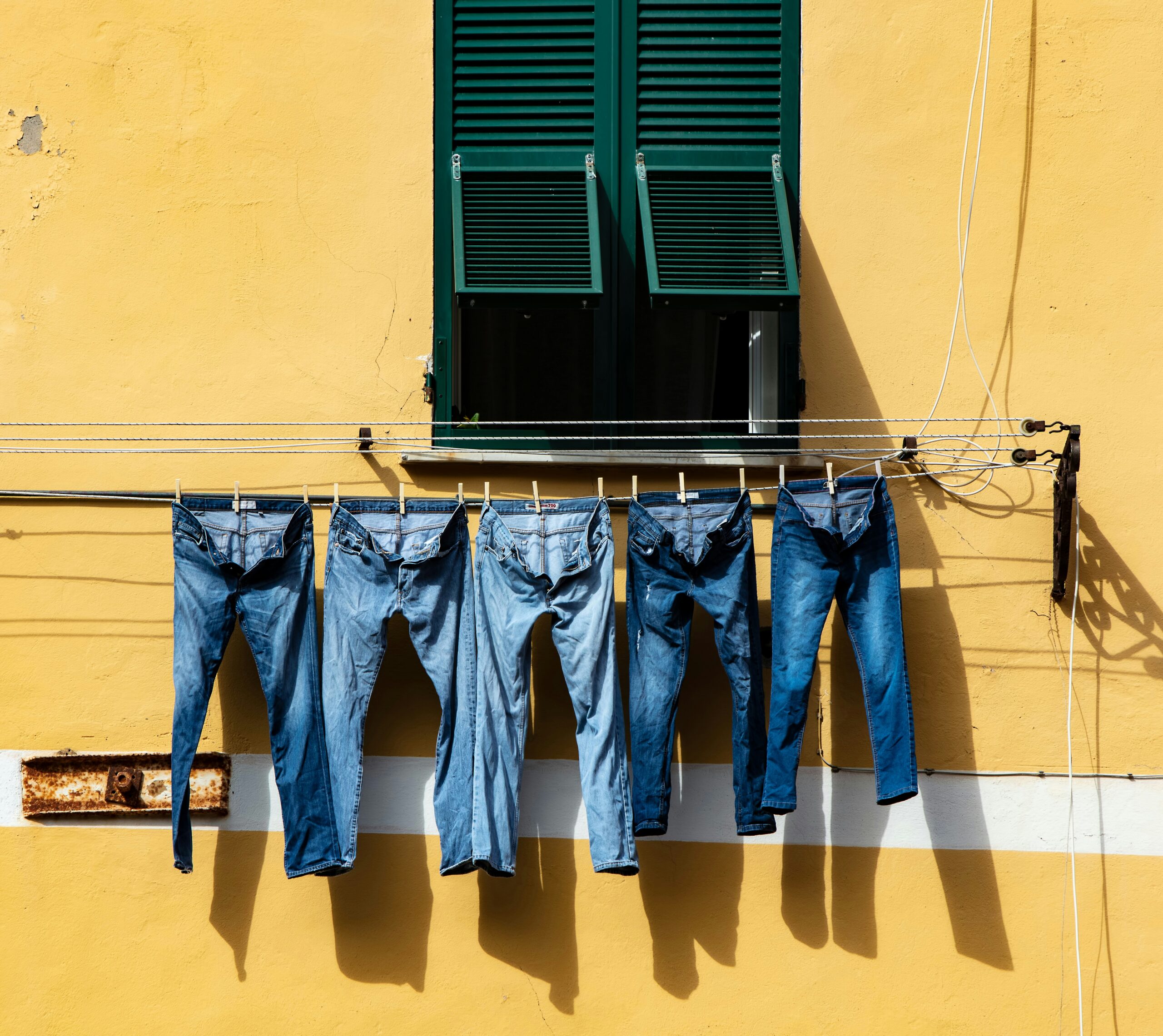
Before college, the longest amount of time I’d ever spent outside of Connecticut was nine consecutive days. I knew that things were different in other places, but I still took it for granted that I could get all the stuff I knew in Connecticut pretty much anywhere I might go. I didn’t go very far from Connecticut for college. It was about two hours away in New York State. But things were noticeably different. I remember talking with some native New Yorker friends about food one night. I said that I could really go for a good grinder. The response was, “I don’t know what that is, but it must have meat in it.” I corrected them; a grinder doesn’t require meat (although I prefer them with meat). Then I said that a grinder is a sandwich on long bread, like a sub or hoagie. It turned out that there wasn’t anywhere to get a grinder in town (at least not one worthy of the name).
I’ve since learned that grinders are basically unique to Connecticut. And they are everywhere around here. Most pizza places also sell grinders. Delis sell grinders. Supermarkets, bodegas, some bakeries, and even gas stations and places like that sell them. Lots of regular restaurants offer normal menu items as grinders (usually on the lunch menu). Most of them are at least pretty good. The idea of being in a place where you can’t get a decent grinder is confusing, to say the least.
Some readers are probably a little confused themselves because of the ubiquity of Subway (Which, embarrassingly, is a company that started in Connecticut.). They probably think that grinders are everywhere. I’ll grant, the nomenclature is a little confusing. Subway sells subs (duh), which is basically any tube-shaped sandwich. While technically a subset of subs, grinders are their own thing. Subway sells, at best, approximations of grinders. If you get a ham and cheese with pickles and mustard from Subway, most people wouldn’t think it’s a real Cuban. Same thing with grinders.
The key to a grinder is the bread. It needs to have a definite crust, but not too sharp. You don’t want to scrape your mouth with a grinder. A baguette won’t do. Plus, the inside needs to be soft and chewy. It should be the kind of bread that can soak up sauces and dressings without falling apart or bleeding through and getting your hands dirty. The fillings do matter, too, but there are lots and lots of options. The thing to keep in mind is it’s not taking a regular sandwich and putting it on long bread. The bread would overwhelm the experience. The ratio of bread to fillings has to be balanced.
The grinder’s cousins such as cheesesteaks and po’ boys are more famous, but I aim to change that. (By the way, a steak and cheese grinder is a bit different than a Philly cheesesteak. Both are delicious, though.) Connecticut is justly famous for our pizza. We are the birthplace of burgers. But if you come to visit, make sure to try a real grinder. You won’t be sorry.










Oh hey….. I love grinder breads and pizzas. Interesting post. Thank you for sharing.
Never heard from grinders. Glad you differenciated and clarified the differences between a grinder and a subway sandwich. The Food Explora in me will have to visit Connecticut to experience the culture to really get it. Why do you say the Subway embarrassingly started in Connecticut?
Thanks. I was just being a snarky snob with my Subway comment. There are so many great local sandwich shops around here that I can’t imagine going to a fast-food version. I feel the same way about pizza. Why go to a chain when there are so many family-owned joints to choose from?
I’m from PA and didn’t know what a grinder was. Sounds delicious. Thanks for sharing! I’ll have to keep an eye out for one.